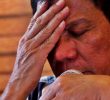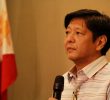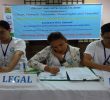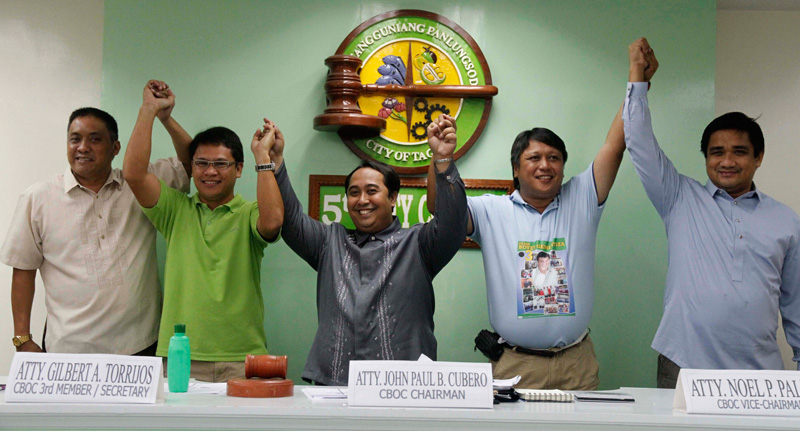The Philippine Commission on Women website posted a preliminary report (as of September 2013) of the May 2013 automated national and local elections, which shows that around 19.97 percent (3,503) of the elected posts, including ARMM elections, are won by women candidates, higher than the 18.4 percent turnout in 2010.
Today’s era is taking women into high visibility in politics and governance, no doubt.
What have women in Mindanao shared in this scenario?
Mindanao has a history of bringing in Mindanao women’s voice in the House of Representatives. Honorable Elisa Ochoa from Agusan was elected in 1938. Like other past women legislators, she advocated generally for education and social amelioration rather than what are presently considered specific gender issues and concerns.
But what has been the orientation of women in politics?
While an increasing number of women occupy higher positions in local public offices such as mayor and vice-mayor, governor and vice-governor, their orientation does not automatically mean advocating and defending women human rights nor taking up issues of discrimination and gender equity.
Specifically, having a woman elected as President, does not likewise provide assurance of changes in women’s lives as revealed in a Joint Country Gender Assessment done in 2008 with European donor Philippine partners.
The tableau of women in governance seems to render grassroots women’s representation at tokenism even as marginalized sectors get their share of seats via the party list system.
Observations tell us, the wives or relatives of the politicians whose term expired or are outgoing win the race.
It shows that political dynasty becomes the elite women’s vehicle to assume governance functions. Women from the middle and upper classes then become breakers in elections when their husbands or male relatives’ terms of office expire or they themselves physically expire.
The 2016 elections emerge to become the most intriguing if not fascinating exercises in suffrage. The national election itself has two women presidential candidates competing with three branded men.
And who are these women aiming for the highest post? Are they representatives of the community women from the peasants, workers and urban poor? Definitely not! They still belong to the upper class aligning themselves with the oligarchs- the immediate relative and crony of the martial law author to set it straight.
Lest we forget, Corazon C. Aquino who held the presidency for six years, leaving some token measures, she made the conditions of Filipino women far worse than before–the Hacienda Luisita’s peasant women themselves are glaring survivors of a disaster in governance. As if the Filipinos had early amnesia, that another woman gained prominence and power, and figured in the infamous elections scandal and plunder, the disgraced Gloria M. Arroyo.
Let it be further dissected that the women candidates of the upper strata, appearing devious and with legally contestable personal circumstances stand the tests to becoming allies of the marginalized, exploited, oppressed and deprived women.
Experience and studies would inform that the women from the grassroots communities are confronted with these social issues not only as citizens of the Philippines but also as women of their own class, thus, they need a national leadership that takes the divisions of classes and national sovereignty seriously as primary in locating sexual contradictions. Schemes to lure the voters abound, yet history dictates much of our conscience to not succumb to illusion, but fairly take the bold stride bearing in mind that we’ve got much to do in the overhaul of this rotten system, installing a new order, one must stand tall.










